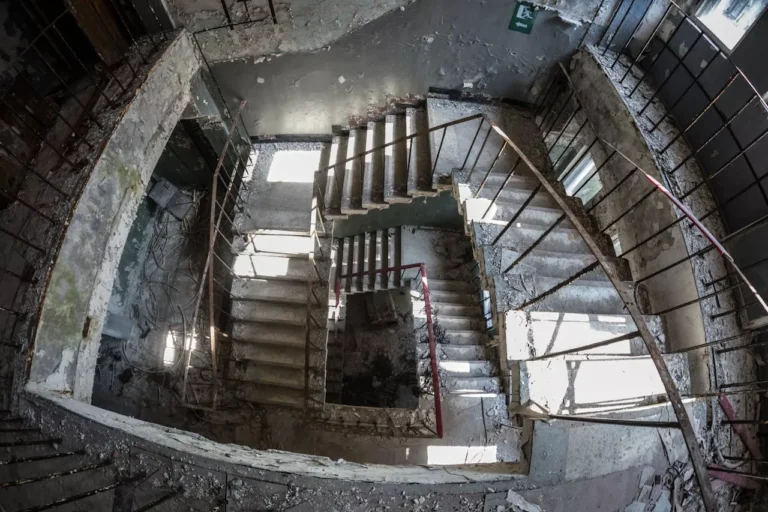
Residents of Beijing’s Xicheng district, like Jin Guilian, are rejoicing as redevelopment work on the No 8 building in the Huapichang Hutong Community nears completion after a three-month wait. The aging housing project, dating back to the 1970s, is undergoing a swift transformation, aligning with the city’s urban renewal plan outlined in 2022.The Beijing government’s ambitious plan targets the redevelopment and renovation of over 160 million square meters of aged community areas by 2025, emphasizing sustainability and environmentally friendly construction practices. For the residents of Huapichang Hutong, the redevelopment brought challenges, but China State Construction International Holdings Ltd (CSCI), a unit of China State Construction Engineering Corp, responded with innovative solutions.Facing the complexities of the central urban Second Ring Road location, sustainable building commitments, and an aging No 8 Building, CSCI adopted Modular Integrated Construction (MiC). Described as a greener method, MiC involves assembling parts in a factory before transporting them to the construction site. This approach significantly shortened construction periods, achieving an impressive 80 percent reduction in actual construction time for the Huapichang Hutong project.The five-story residential building, covering 374 square meters and accommodating 20 units, utilized 55 concrete modular units prepared in advance. This efficient strategy ensured the project’s completion in just 90 days, a stark contrast to the estimated 15 months with traditional methods. The emphasis on green, low-carbon, and energy-efficient principles led to a 25 percent reduction in material waste and a 75 percent decrease in overall construction waste.The entire on-site construction process, resembling building blocks, was facilitated by CSCI’s C-SMART platform. This digital management system allowed real-time and intelligent control of the construction process, coordinating various tasks seamlessly.Residents, eager to return home, now witness the final touches being added to the new No 8 Building. The success of projects like Huapichang Hutong highlights the vital role major Chinese builders play in urban renewal initiatives, contributing to the nation’s socioeconomic development and improving livelihoods. This experience also enhances their credentials for bidding on similar projects overseas, especially within Belt and Road Initiative (BRI) markets where urbanization demands are rising.
In recent years, China’s infrastructure expertise has garnered increased recognition in BRI economies, with both landmark and essential projects making substantial contributions to local communities. An exemplary project in Papua New Guinea, the Butuka Academy, completed by China State Construction Engineering Corp (CSCEC) in 2018 under the BRI, stands as a key educational infrastructure benefiting local students. This success reinforces the positive impact of Chinese building enterprises overseas, showcasing their commitment to enhancing livelihoods globally.



